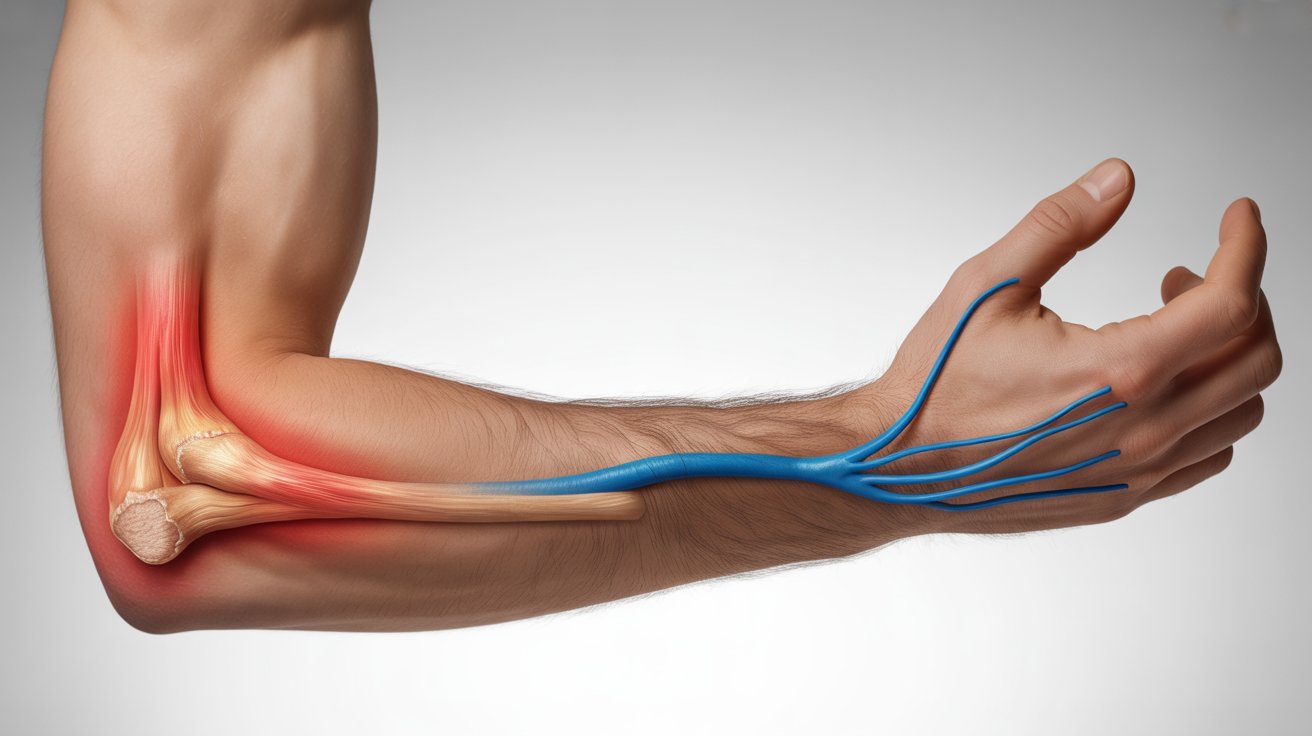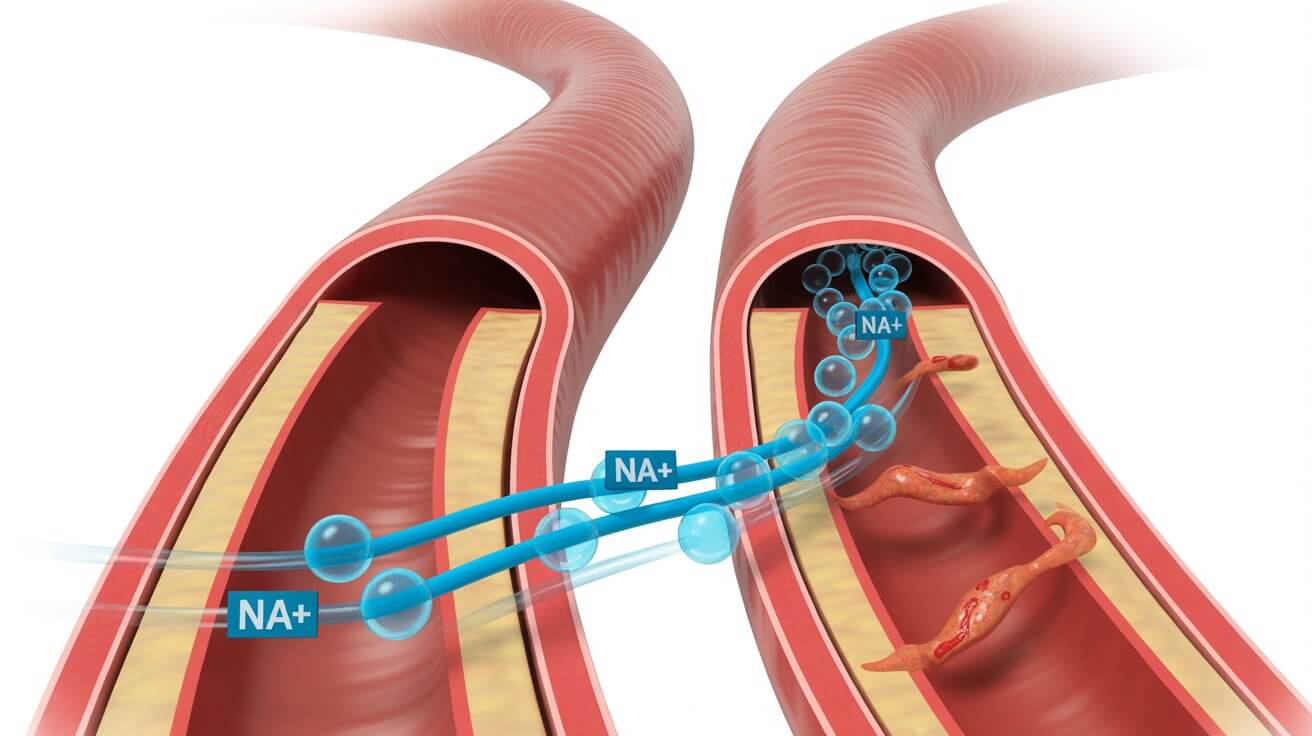It’s been a tough week. A project at work didn’t go as planned, and the gray, rainy weather seems to mirror your mood. You feel down, heavy, and all you want to do is curl up on the couch. It’s a feeling we all know: sadness. But what if that feeling lingers, making you question the difference between sadness and depression? Understanding where that line is drawn is the first step toward feeling better.
Distinguishing between these two states isn’t about dismissing your feelings; it’s about identifying when your mind and body might be sending a signal that you need more support.
The Nature of Sadness: A Temporary, Specific Feeling
Sadness is one of the core human emotions. It’s a direct and proportional reaction to a difficult situation—a breakup, a setback, or grieving a loss. While it feels heavy, sadness is typically tied to a specific trigger. You can usually pinpoint why you feel sad.
Key characteristics of sadness include:
- It comes and goes in waves, often mixed with moments of feeling okay.
- You can still experience moments of joy, like laughing at a funny movie or enjoying a meal with a friend.
- It doesn’t usually shatter your sense of self-worth. You might feel down about a situation, but you don’t feel fundamentally worthless as a person.
- It fades over time as you process the event and adapt to the new reality.
Sadness is like a passing storm. It can be intense, but eventually, the clouds part. This is the core of the sadness vs. depression distinction: one is a temporary visitor, while the other can feel like a permanent resident. Let’s explore what that means.
What Is Clinical Depression? A Persistent Medical Condition
Clinical depression, also known as major depressive disorder (MDD), is not just intense sadness. It is a medical condition that affects your mood, thoughts, body, and behavior in a pervasive and long-lasting way. Unlike sadness, it often doesn’t need a specific trigger. Some individuals may feel a profound sense of despair for reasons they can’t explain.
According to diagnostic guidelines used by healthcare professionals, like the DSM-5, a diagnosis of depression involves experiencing a set of specific symptoms for most of the day, nearly every day, for at least two consecutive weeks. It’s the duration and the impact on daily functioning that mark a critical distinction.
More Helpful Reads You Might Like:
7 Key Signs It Might Be More Than Sadness
Think of these signs not as a checklist for self-diagnosis, but as a guide to help you understand what’s happening. If several of these feel familiar, it may be time to talk to a professional.
1. A Deep Loss of Interest and Pleasure (Anhedonia)
This is the hallmark of depression. It’s more than just feeling blue; it’s a persistent feeling of emptiness or hopelessness. A key component is anhedonia, a medical term for the inability to feel pleasure. Activities you once loved—a hobby, spending time with family, listening to music—now feel like a chore or bring you no joy at all.
2. Major Shifts in Sleep and Energy
Depression can profoundly disrupt your body’s internal rhythms. For some, this means insomnia—lying awake for hours with racing thoughts. For others, it’s hypersomnia, an urge to sleep far more than usual, yet never feeling rested. This is often accompanied by a crushing fatigue that isn’t relieved by sleep.
3. Unintentional Changes in Appetite or Weight
Your eating habits may change dramatically. Some people lose their appetite entirely, losing weight without trying. Others may experience intense cravings, particularly for high-carbohydrate foods, leading to significant weight gain. The key is an unintentional change driven by the shift in your mood.
4. A Pattern of Negative and Intrusive Thoughts
Depression changes how you think, casting a negative filter over your perception of yourself, your life, and your future. It can feel like your brain is moving through sludge, making concentration and decision-making difficult.
5. Feelings of Worthlessness or Excessive Guilt
Ruminating over past “failures” and blaming yourself for things that are not your fault is a common thought pattern in depression. This goes beyond simple regret and can become a deep-seated belief of being fundamentally flawed.
6. Physical Aches and Pains Without a Clear Cause
The mind and body are deeply connected. For some individuals, depression can manifest physically. This might include unexplained aches, chronic headaches, or digestive issues that don’t respond to typical treatments.
7. Thoughts of Self-Harm or Suicide (A Note on Urgency)
This is a serious symptom that always requires immediate professional help. If you or someone you know is having these thoughts, please contact a crisis hotline, such as the 988 Suicide & Crisis Lifeline. These thoughts are a sign of deep distress, not a character flaw.
You’ve Noticed the Signs. What’s the Next Step?
If this description of depression resonates with you more than the one of sadness, the most important step is to reach out.
- Talk to a Healthcare Professional: Your primary care doctor is an excellent starting point. They can help rule out other medical conditions and connect you with mental health resources.
- Seek a Mental Health Specialist: Therapists, psychologists, and psychiatrists are trained to diagnose and treat depression through therapy, medication, or a combination of both.
- Lean on Your Support System: Letting a trusted friend or family member know what you’re going through can reduce feelings of isolation.
- Be Gentle with Yourself: Acknowledge that what you are experiencing is a real medical condition, not a sign of weakness. Give yourself permission to rest and to take small, manageable steps.
The Courage to Seek Clarity
In the end, sadness is a part of life’s journey, a temporary response to its bumps and bruises. Depression, however, is like a roadblock that stops the journey altogether. Recognizing that you might be facing that roadblock is not a sign of failure—it is the first, most courageous step toward finding a new path forward.
Frequently Asked Questions (FAQ)
1. Can a long period of sadness turn into depression?
Yes, it’s possible. While sadness is a normal reaction to a specific event, if it’s prolonged or if an individual has other risk factors, it can sometimes evolve into a major depressive episode. The key difference is when the feelings become persistent and detach from the original trigger, impacting your overall ability to function. This shift is a key indicator in the sadness vs. depression discussion.
2. Do I really need to see a doctor, or can I just wait for it to go away?
While temporary sadness typically fades, clinical depression often does not. It’s a medical condition that usually requires support. If you recognize several signs of depression in yourself for more than two weeks, consulting a professional is a proactive and courageous step. It’s not about a lack of willpower; it’s about treating a health issue.
3. What’s the difference between feeling “the blues” and having clinical depression?
“The blues” is a common term for a temporary feeling of sadness that is short-lived. Clinical depression, on the other hand, is a persistent medical condition with a constellation of symptoms lasting at least two weeks that significantly interfere with your daily life.
4. Are there any lifestyle changes that can help while I consider seeking professional help?
Absolutely. While not a substitute for professional treatment for clinical depression, they can be a powerful complement. Gentle movement, a consistent sleep schedule, nourishing foods, and social connection are all small, sustainable actions that can support your mental health.
Sources & Further Reading
This article aims to provide accessible, evidence-based information. The content is grounded in established clinical guidelines and research from leading health institutions. For those interested in learning more, the following resources offer in-depth information.
- Tebeka et al.: Sadness and the continuum from well-being to depressive disorder.
https://consensus.app/papers/sadness-and-the-continuum-from-wellbeing-to-depressive-tebeka-strat/73e2ad61b6a555ec8bd8b735c7592eeb/ - National Institute of Mental Health (NIMH): Depression. https://www.nimh.nih.gov/health/topics/depression
- Mayo Clinic: Depression (major depressive disorder). https://www.mayoclinic.org/diseases-conditions/depression/symptoms-causes/syc-20356007
- American Psychiatric Association (APA): What Is Depression? https://www.psychiatry.org/patients-families/depression/what-is-depression
- Cleveland Clinic: Depression: What It Is, Symptoms, Causes, Treatment & Types. https://my.clevelandclinic.org/health/diseases/9290-depression









